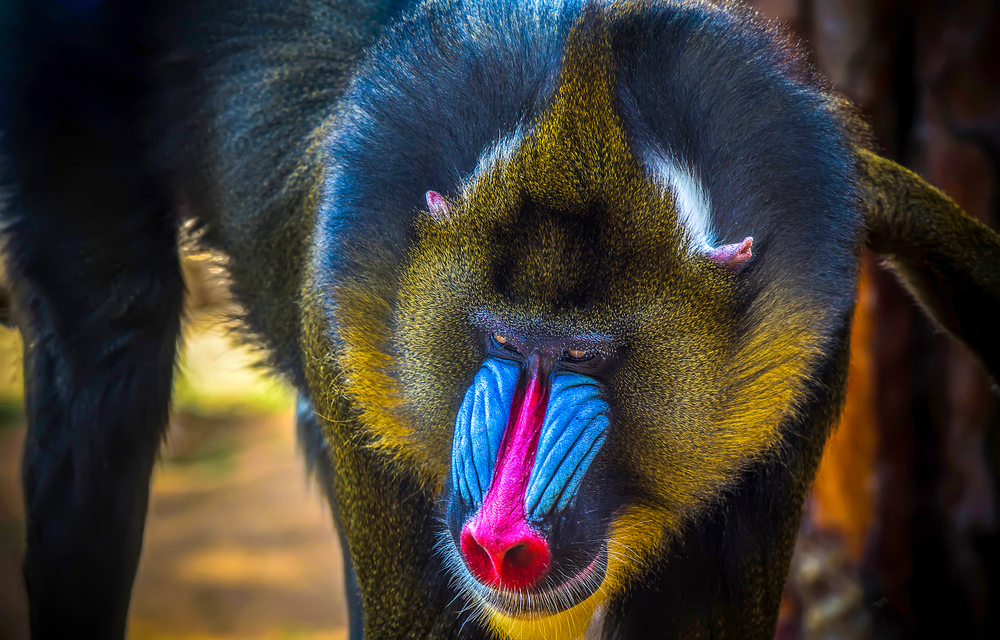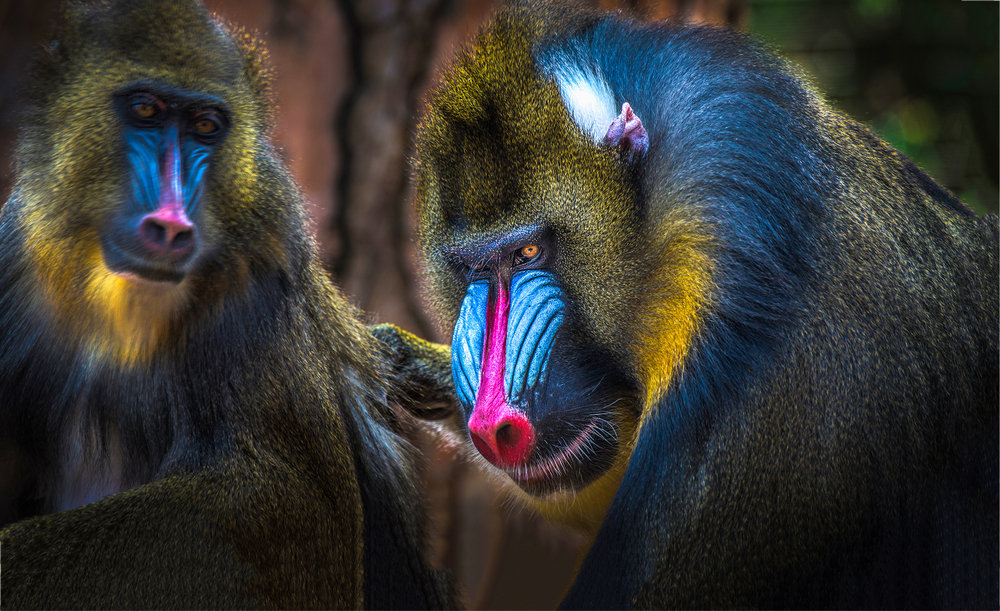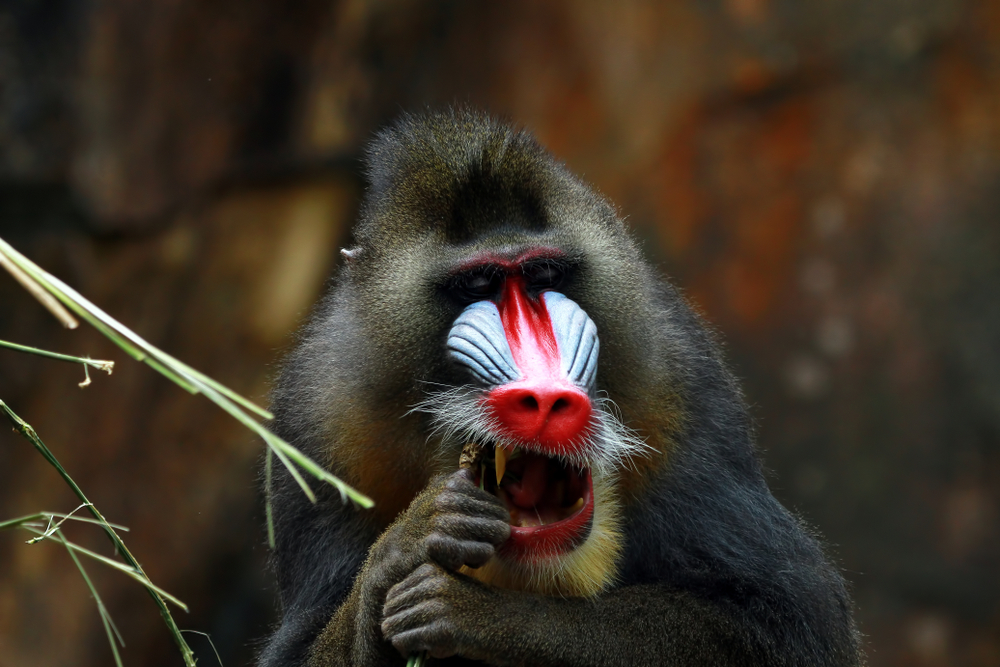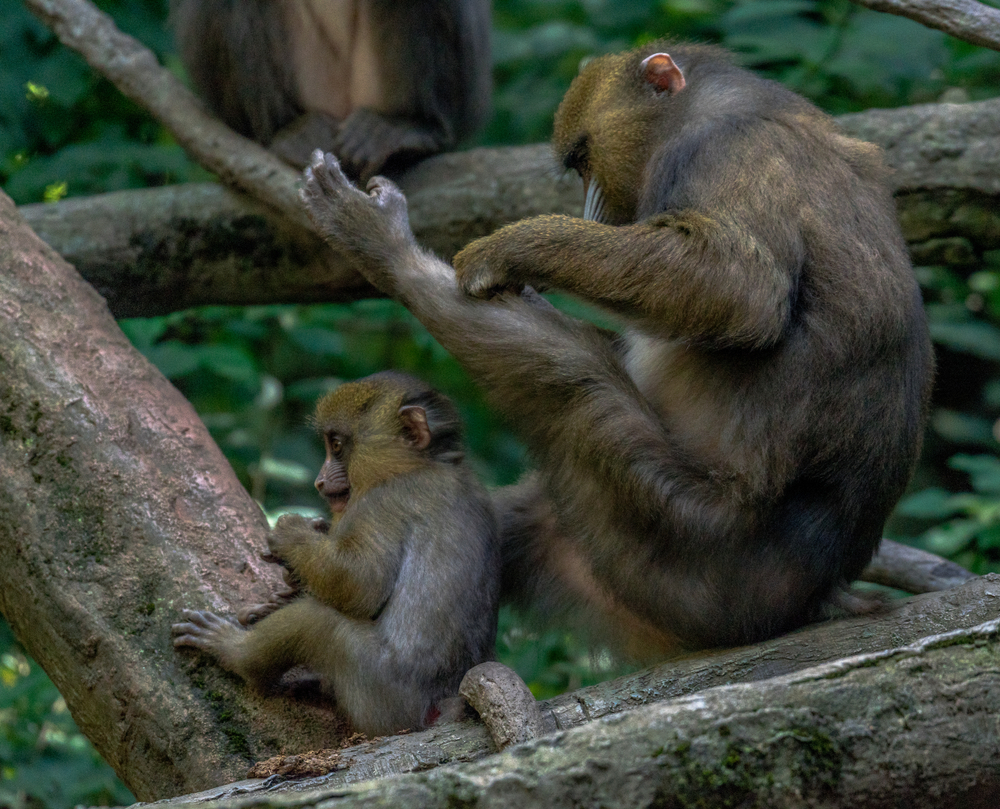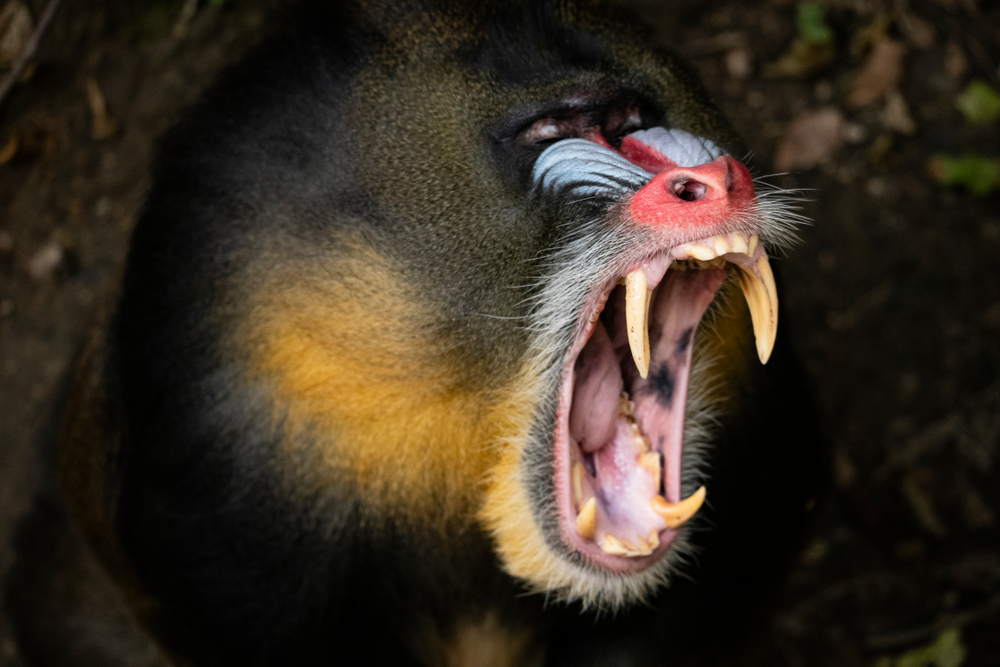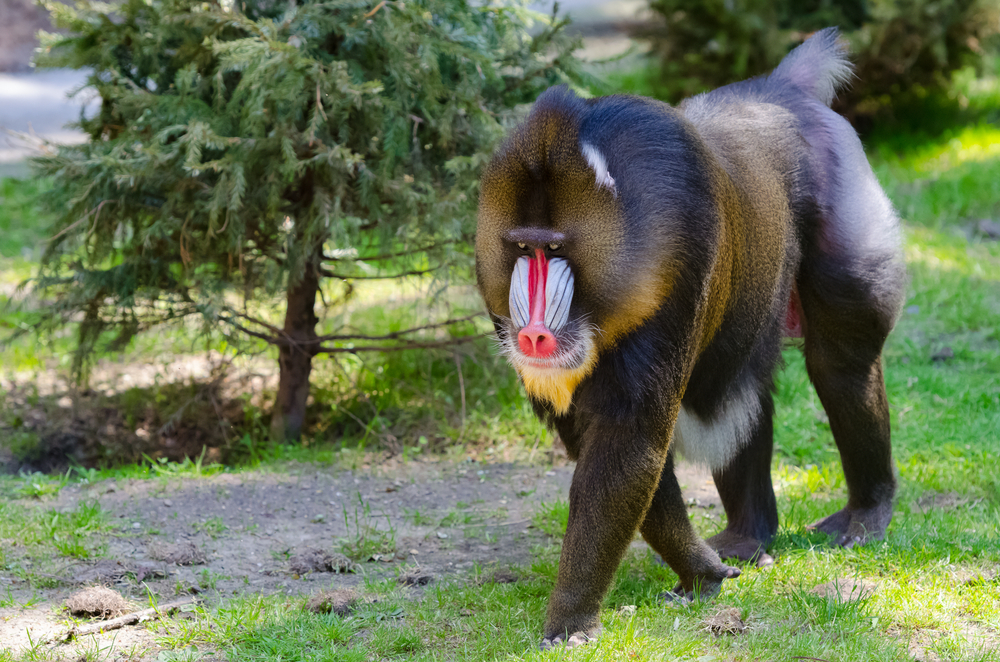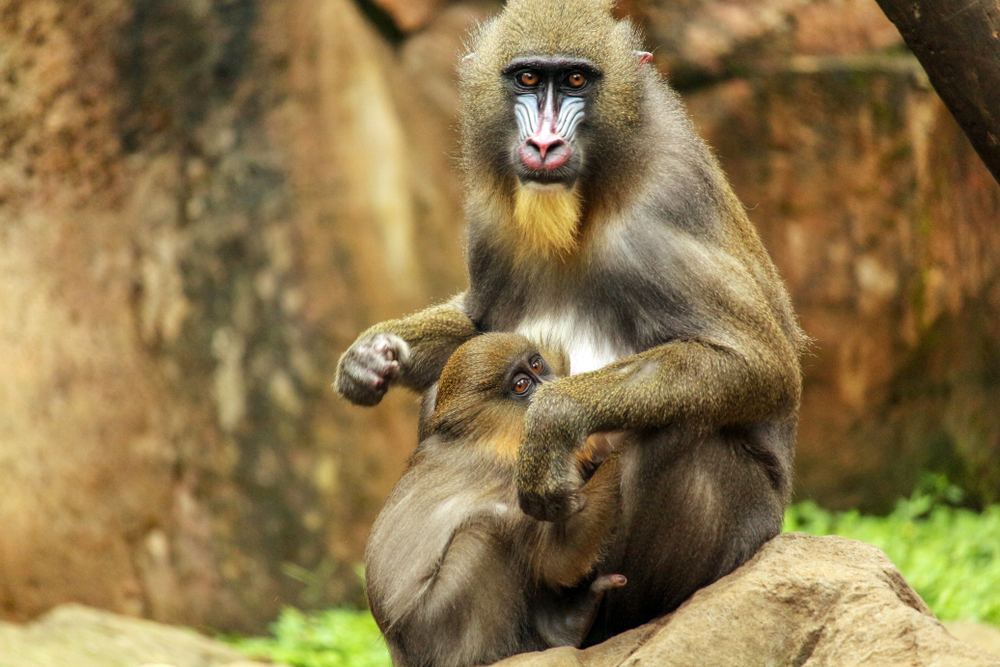Mandrills (Mandrillus sphinx) are primarily found in the rainforests of central and western Africa. Here’s where you can find and potentially see them in the wild:
- Central Africa: Mandrills are native to several countries in central Africa, including Cameroon, Gabon, Equatorial Guinea, and the Republic of Congo. The dense rainforests of these countries provide their natural habitat.
- Western Africa: Some populations of mandrills can also be found in parts of western Africa, such as Nigeria and southern Cameroon.
- Protected Areas and National Parks: Mandrills inhabit various protected areas and national parks within their range. Some notable locations where you may have a chance to see them include Lopé National Park in Gabon and Dja Faunal Reserve in Cameroon.
- Guided Safaris and Wildlife Tours: Participating in guided safaris and wildlife tours in central and western Africa’s rainforests can provide opportunities to encounter mandrills. Knowledgeable guides can help you spot these elusive primates.
- Conservation Centers: Some wildlife conservation centers and reserves in Africa may have mandrills as part of their conservation and research programs. Visiting these centers can offer insights into mandrill behavior and conservation efforts.
Seeing mandrills in the wild can be challenging, as they are known for their elusive nature and preference for densely forested areas. Patience and guided tours can increase your chances of observing these colorful and social primates in their natural habitat.








































































